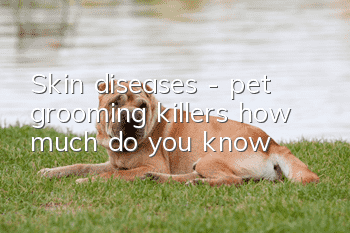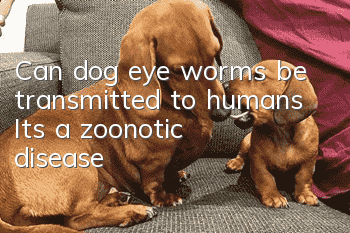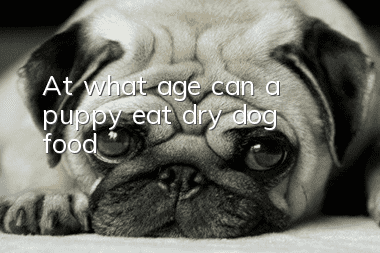Skin diseases - pet grooming killers, how much do you know?

Pet skin diseases are the most common diseases in veterinary clinics. If your furry child keeps scratching or has symptoms such as rashes, dandruff, and hair loss somewhere on the body, then your furry child is most likely suffering from a skin disease.
Generally speaking, nutrient deficiencies, pathological factors and other factors are the main causes of skin diseases.
Common skin diseases mainly include the following:
1. Skin diseases caused by external parasites
Skin diseases caused by ectoparasites are skin diseases caused by skin infection after bites of fleas, lice, mites, etc.
If your pet is infected with fleas, you will see fleas swimming on the fur's skin if you remove the fur.
2. Bacterial skin diseases
Typical representatives of bacterial skin diseases are pyoderma and interdigital pyoderma caused by staphylococcus and other pyogenic bacterial infections.
The location of pyoderma is uncertain, and it is characterized by papules, pustules, folliculitis, chapped skin, and no itching;
Interdigital pyoderma occurs when pustules develop between the toes on one limb or four limbs in dogs, forming fistulas.
3. Fungal skin diseases
Fungal skin disease, also known as tinea, is a skin disease caused by fungi infecting the skin, hair, and claws.
The most common pathogen is Microsporum canis, followed by Microsporum gypseum, which is the most common skin disease in dogs.
Clinical manifestations include localized hair loss and dandruff, most commonly seen on the ears, face, head and neck. In severe cases, hair loss will occur all over the body, with red papules and macules scattered on the body surface. Small round, oily, thick scabs will form on the skin surface of the hair removal area, and dandruff will appear.
This disease is stubborn and cannot be cured after long-term treatment. It gets better and worse after taking medication. Moreover, after long-term infection with fungi, it is easy to be infected with mites, which seriously affects the appearance and health of the dog.
4. Allergic skin diseases
Allergic skin diseases are skin diseases caused by allergens. Specific allergens can be divided into four categories: contact allergens, inhalation allergens, ingestion allergens and injection allergens.
Dogs and cats suffering from allergic skin diseases will scratch constantly. If you scratch the area where they keep scratching, you will find a rash.
5. Seborrheic dermatitis
Seborrheic dermatitis is caused by abnormal keratinization of the skin, abnormal hypersecretion of sebaceous glands, and a large amount of dandruff produced between the hairs of the skin. It can be divided into two types: dry and wet.
Dry seborrheic dermatitis: There is a large amount of gray-white dander between the coat, and the coat is sparse.
Wet seborrheic dermatitis: The dandruff is oily and adheres to the coat, and there is a large amount of yellow-brown oil at the base of the tail, and there are rotten spots.Bad smell.
Warm reminder: When your furry child has symptoms of skin itching, hair loss, scabs, and abnormal skin changes, it is very likely to suffer from skin diseases. Once you have these symptoms, you must first take your furry child to the pet hospital for diagnosis and then prescribe appropriate medicine.
How to prevent pet skin diseases
Control the frequency of bathing and ensure the hygiene of the home environment
Regular bathing of pets can remove dirt from the body and keep the furry child clean and hygienic, but the frequency of bathing must be controlled.
The skin structure of dogs and cats is different from that of humans. Frequent bathing can easily destroy the oil on the surface of the skin, reduce the protective power of the skin, and make it susceptible to external erosion.
In addition, ensuring the hygiene of the home environment and regular disinfection can effectively inhibit the growth of bacteria and parasites and ensure the health of furry children.
Regular external deworming
If you often take your furry child out, regular external deworming is necessary. Drops and sprays are generally more convenient methods.
Try not to go into the grass when you go out, especially don’t let them go to the more remote grass or bushes to avoid being targeted by parasites.
Feed lecithin for pets
Lecithin is the main component of biological cell membranes. It can help repair damaged cell membranes, restore and increase metabolism, supplement essential fatty acids in the body, regulate skin allergies and itching, and make pets' hair thick and shiny.
Recommended Good Things
Aineng Pet Odor Eliminating Disinfectant can effectively remove body odor/feces odor and other odor molecules! Effectively treats skin diseases caused byfungi/bacteria! Can killparvovirus/canine distemper virus/coronavirusetc.!
It is edible grade for pets, does not contain fragrances, does not contain chemicals, can be sprayed directly, and is harmless to human pets!
Consultation:13028809308 (WeChat synchronization)
Scan the QR code on WeChat to enter the purchase
- Precautions for deworming dogs in summer
- Tips for training golden retrievers to use the toilet
- Tips to prevent your dog from losing hair frequently
- Giant Maine Coon, the cat you can afford but not keep!
- Which brand of dog disinfectant is good? Recommend a useful dog odor deodorant disinfectant!
- What are the training tips for German Longhaired Pointer dogs?
- Dog's mouth oozes thick liquid
- Dog vomits yellow foam on empty stomach in the morning
- The dog coughs and then retches
- 5 things novice parents should pay attention to when bathing their dogs



